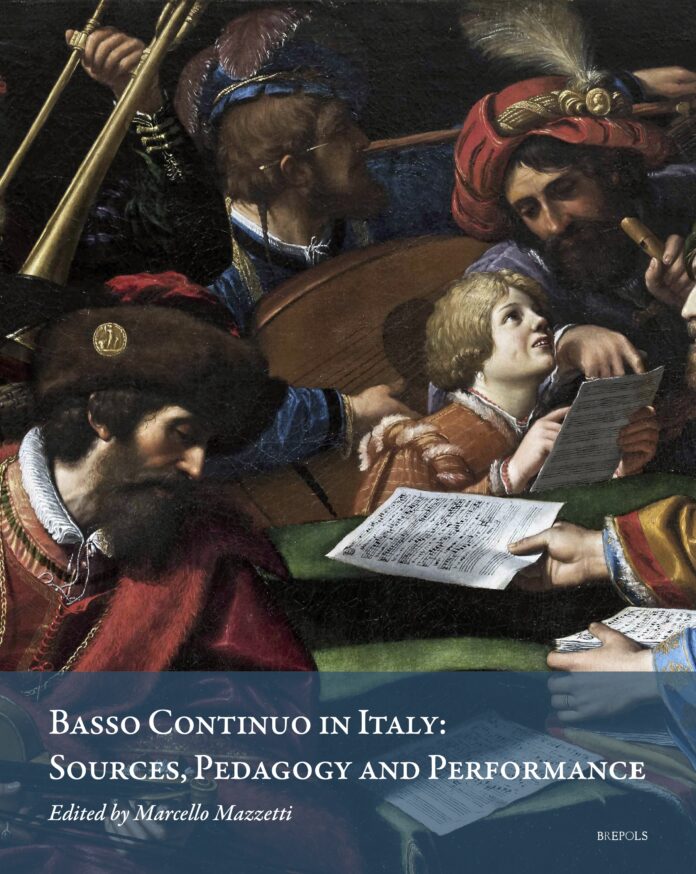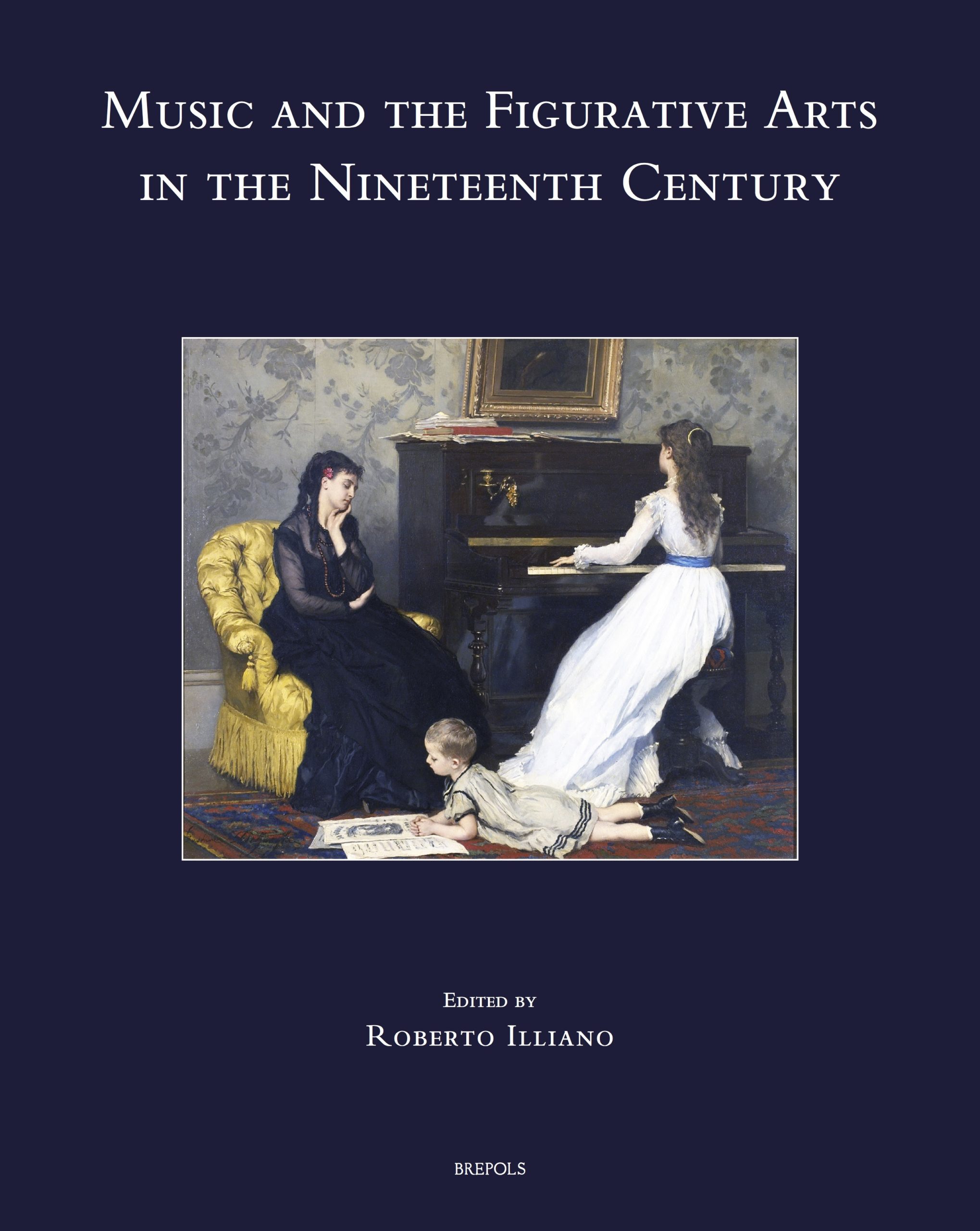edited by Marcello Mazzetti, Turnhout, Brepols, 2023 (Musica Incarnata: Pedagogy, Performance and Market, 1), pp. xxx+346, ISBN: 978-2-503-60850-1.
The volume explores the long-lasting phenomenon of basso continuo in the Italian peninsula, from its origins — i.e. from the regole per suonare sopra il basso which collects and develops the contrappunto alla mente’s legacy — up to the late partimento pedagogy. In addition to a bibliographic update, the volume presents case studies providing the reader with new information on performative contexts and performance practice between the sixteenth and nineteenth centuries, and shedding new lights on sacred and secular genres and repertoires cultivated in churches, theatres, academies, noble chambers and domestic environments. Particular attention is given to the relationship between counterpoint, improvisation and instrumentation, to the analysis of primary sources in relation to book formats and the type of notation chosen to convey the accompaniment. Furthermore, a few chapters focus on peculiar issues of accompaniment pedagogy according to unpublished or neglected sources.
Marcello Mazzetti is a recognised figure in the field of Italian Renaissance and Early Baroque music, known for his dual role as scholar and performer. As co-chair at the Istituto Italiano di Musica Antica, he imparts practical modules (musica prattica) on solmisation, Renaissance contrappunto alla mente and ensemble music. Furthering his contribution to the academic world, he delivers Music History lectures at the Fine Arts Academies of Bologna, University of Padua, and University of Turin. His global reach extends through his involvement on international boards, such as the Tasso in Music Project with UMass and Stanford University, which delves into the intricate relationship between music and poetry. He also serves as general editor for the book series ‘Musica Incarnata’ (Brepols), facilitating the dissemination of Italy’s musical heritage.













